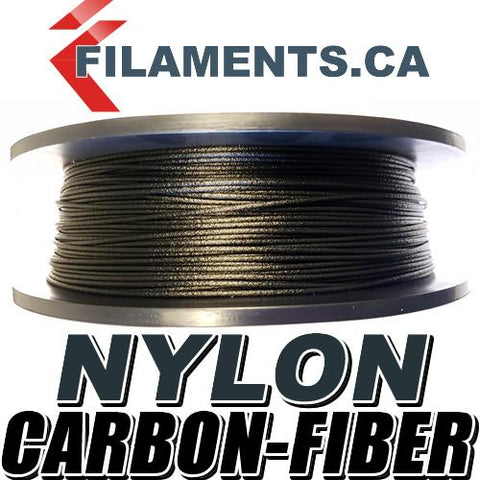One of the key drivers behind the recent invention in 3D printing is not only the hardware but also the mechanical performance of the components fed into the printer. As with the recent increase of carbon fibre 3D printers and filaments, nothing demonstrates such advancements for FDM 3D printing.
Over the past few years, both the prosumer and industries have seen an invasion of carbon fibre 3D printers, and each appears to offer a new path for producing high-performance models and end-use components. Compared to widely used polymer materials, carbon fibre reinforced filaments deliver stronger, more durable and lightweight components.
Such types of composite materials play a crucial role in advancing 3D printing, taking production capacity closer to traditional manufacturing methods. Designers and small businesses can produce components that give similar durability to titanium by integrating carbon fibre into base materials such as PLA and PETF. Moreover, it will be more price-effective.

Carbon Fibre Filament
Carbon fibre filaments belong to a group of fibres made of different base materials containing tiny carbon fibres.
The base material can be among any of these most popular filament materials: PLA, ABS, PETG, and more. Carbon fibres increase the longevity of the filament-printed product in terms of rigidity and compressive strength.
Carbon fibres are thin fibres, which are approximately 5 to 10 micrometres in diameter and are composed of carbon atoms bound together in a crystalline structure. These carbon atom layers are clumsily crumpled together, generating bonds and giving the product a high compressive strength. The crystal alignment provides the fibre with an outstanding resistance, enabling carbon fibre to be woven into multiple applications.
Use of Carbon Fibre Filament in 3D Printing
CFRP filament is the simplest method used in 3D printing. Create a composite filament with this material. Extrusion can be achieved by manufacturing FFF technologies or fused filaments. With this particular technology, 3D printers are not at all costly. They can be used for both manufacturing and technical applications.
Carbon fibre filaments for enhancing filament's properties use small fibres infused into another 3D printing material.
Tips & Tricks
While it is possible to print on more high-end desktop 3D printers with carbon fibre-infused filament, few factors should be weighed before you load a filament alone. As compared to easily printable materials, reinforced materials with carbon fibre need higher extruder temperature.
Therefore, the first thing that should be on your carbon fibre 3D print checklist is to check your 3D printer's maximum extruder temperature. It is also essential to know the type of effect on the printer of carbon fibre filaments as well as how to configure the hardware to make sure the highest quality prints. Because materials based on carbon fibre are so combative, they try to wear the printer's brass nozzle and are more likely to abandon the extruder's route. To address this issue, upgrade to a nozzle made of hardened steel. This update will make that your printer is more suitable for handling carbon fibres' abrasive design.
It is essential to set the extruder temperature around 50 ° C. The temperature should be more than the recommended temperature by filament manufacturer when printing with a hardened steel nozzle recommends that. This will ensure that sufficient heat is maintained while the filament of carbon fibre is being extruded. Furthermore, turning down the fan speed will also reduce the impact of any problems with thermal conductivity.
In your 3D printing slicer, there are also a few changes you can make to the settings to enhance compatibility with carbon fibre filaments. Every 3D printer and carbon fibre filament is different and so playing with different parameters is likely to be useful to achieve optimal outcomes. Carbon fibre filaments deliver amazing mechanical properties and are equipped to improve the value of your prints.
Conclusion
Carbon fibre filaments are an innovative tool for working with for 3D printing. The prints created will be robust, sleek, rigid, and compact compared with their counterpart if the base components were used exclusively.
While this form of filament is challenging to use for 3D printing, as it tends to clog the nozzle, once you have resolved this issue by upgrading to a steel nozzle, you will surely enjoy printing with this content.
Below are more 3D filaments products you can choose from.
High Temperature Resistant Annealable Carbon Fiber PLA - 1.75mm
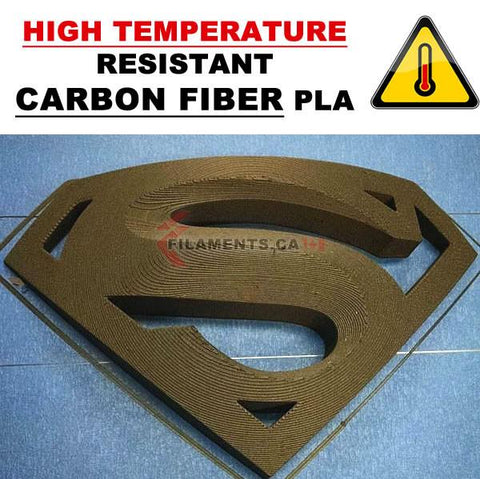
Carbon Fiber Reinforced PLA - 1.75mm
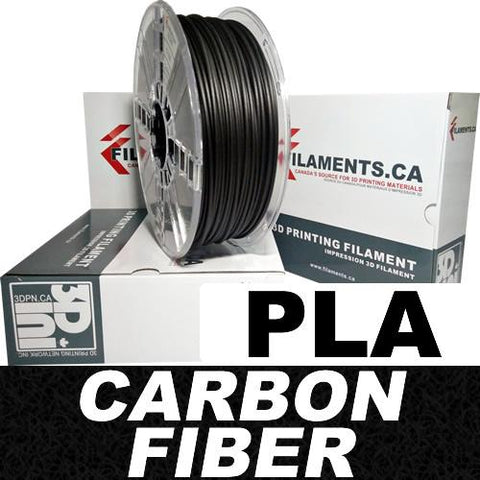
Carbon Fiber Reinforced ABS - 1.75mm
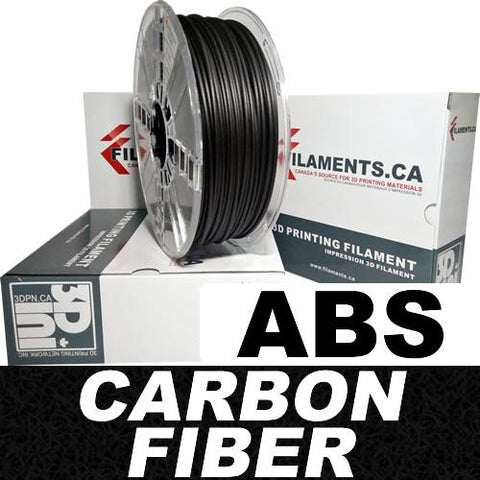
ColorFabb XT-CF20 Carbon Fiber - Black - 1.75mm
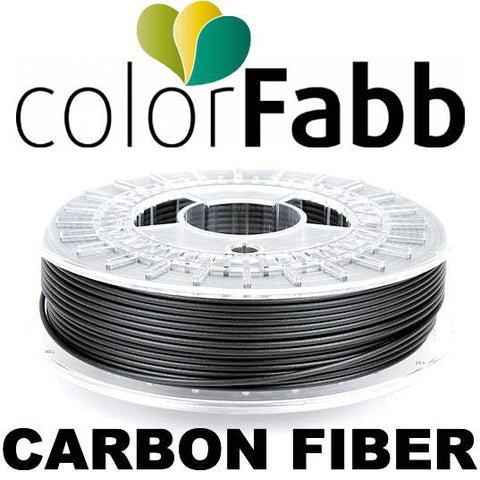
Heavy Duty Carbon Fiber Nylon Filament - 1.75mm
